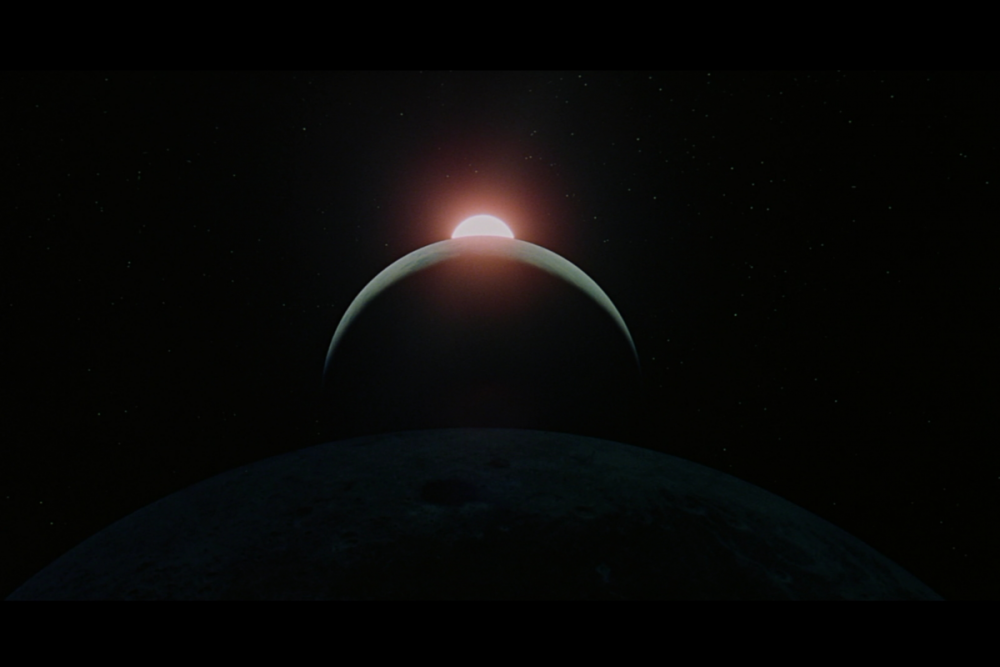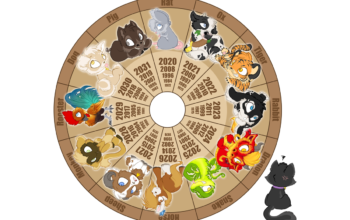Back from hiatus, sorry to have gone dark for so long…
I had a love-hate relationship with Stanley Kubrick. Some of his films (A Clockwork Orange, The Shining, Spartacus) riveted me, others (Full Metal Jacket, Dr. Strangelove) drove me nuts, and a couple just bored me (Lolita, Eyes Wide Shut). There were moments when I thought he just left the camera rolling and went for lunch, neglecting to yell “cut”, while the actors kept moving about in the frame. Sometimes it worked, and sometimes Tom Cruise filled up the frame. Film is an uneven craft.
I think his most peculiar film was 2001: A Space Odyssey. Contextualized on the surface by the highly-charged Space Race of the 60s, and more opaquely by the contemporaneous nuclear arms race that threatened all of humanity, this was not one of those movies that George Costanza could have used to cheat on his book club assignment (not that Breakfast at Tiffany’s went so well for him). One of the film’s common criticisms was that the screenplay didn’t stand on its own as a coherent story. This is both ironic and silly for a couple of reasons: first, both the screenplay and the novel were conceived together as a collaborative effort between Kubrick and the book’s author, Arthur C. Clarke, and second, the film premiered before the book was published. Any delta between the two could only have been known well after both were – forgive me – out there.
Mostly, the panning reviews miss the point. This film, probably more than any other Kubrick opus, is quantitatively a classic because of everything other than the literary plot proper. And that’s not surprising, considering that it was one of only two of his films not directly based on a pre-existing literary work (though it was inspired by Clarke’s The Sentinel, written a decade earlier). So what if the book gives more paint-by-numbers than the film? If all you want is to follow a plot, read the damn book and STFU. Hmph.
The movie is about all those ‘other’ things that make a movie a movie. I won’t go into all of them – this isn’t a film blog, after all – but I will touch on two aspects: Sound and Not Sound. The second, certainly, was the more stunning. Most of the last hour of this long film is presented in blackout silence. The viewer can do just one thing: view. The visuals are absolutely breathtaking, a clinic in cinematography untrespassed by any other craft.
But (and here’s where we get to the musical, Naminamish part) another parameter that made 2001 one of Kubrick’s most talked-about works was its hardcore filmscore. Never mind that many classical musicologists – I – would have shown you their nostrils at the mention of its hackneyed leitmotif sources, Richard Strauss’ Also Sprach Zarathustra, and Johann Strauss the Younger’s An der schõnen blauen Donau (*kh!*, The Blue Danube to you Anglosyllabic Philistines), the score also included a couple of serious-ass works from Gyõrgy Ligeti, the avant-garde Transylvanian composer whose stuff was the musical equivalent of Sandy Koufax‘ breaking balls of the same era. So let’s all stick our ‘saccharine-busting’ righteousness someplace, hmn?
Outta the chute, this was some heady soundscape shit. Laser floyd, pre-LaserFloyd.
I was 10 years old when I first watched 2001 with my parents. I couldn’t follow most grown-up movie plots anyway, so for me the merit of any movie was going to hang on its visual and sonic phantasmagoria. 2001 was a candy store. Mom ooh-ed and aah-ed at the many space shots, Dad “what the hell”-ed at the HAL insurrection. Older sib tried to explain stuff (nope). There was something for everyone.
The Something-moment for me was the blackbound shot of the circular space station playing in the void to the tune of The Blue Danube. And it wasn’t the visual that did it for me. And it wasn’t the by-then-well-known-to-me Strauss donut. It was rather the brand new association of a round turning object with the poop-pooping waltz in 3/4 time. Triple metre was known to me since before I could remember, and I’d always been aware of its smoothness and rolling musical motion as distinct from the proper rigidity of four-beat patterns. But I’d never actually associated shapes with the two. Only ten, I was just now learning musical theory (with its arcane concepts of rhythm and metre), I’d certainly never yet heard the colloquial descriptors “square” and “round” metre, so any associations that I’d make of musical parameters to extramusical concepts like shape or colour would be completely new.
And this was completely new. I was rapt. Watching that two-spoked spacemobile roll in the oblivion to the sound of a tune that was indivisible by two and had no 90-degree angles gave me the same feeling that Oxycodone did when I had my wisdom teeth removed 12 years later (the pain was so worth it). This was not only an ingenious piece of filmmaking, it unlocked a whole musical aesthetic that I’d never imagined. To the spirit of the film itself, it was revelatory. Plot schmot. I understood this movie sublimely.
And since then, I’ve not only appreciated the rhythm of a piece of music like never before, but I’ve also come to enjoy metric complexities that might have been so offputting otherwise. Toe-tappers are no longer de rigeur in my world. I want a story now. I don’t mind some cheeky songwriter jiggling my fishbowl with a bar of 3 in the middle of his 4/4 romp. I don’t mind the verse being in one metre and the chorus in another, or the bridge devolving into a riot of time sig changes to go along with the key shifts. I can visualize things, like movements and colours of lights, or moving eyes of their performers, or swaying and tripping waves of audiences trying to move along, or vast landscapes of impossible things like clouds breaking as they slam into each other. No, I did not just dip into the Oxycodone again.
So here’s the premise for the series to follow: I’d guess very unscientifically that 99.99% of all pop songs are in a square 4/4 (or the ‘cut’ 2/4, or some fractional equivalent, if semiquavers don’t float your boat) or a round 3/4 (or its ‘cut’ 6/8 equivalent, yaddayadda). An illustration of each? Sure. See Entangled (yes, MY link please) for a triple-metre example, and, sayyyy, Brown Eyed Girl (again, stay here) for a four-square pattern. Two random examples, and yes, there are literally millions and millions of others. Basically, almost every pop tune ever recorded.
Almost.
What if it’s neither in three nor in four? Can you think of any songs you love that are in five? In Seven? Chances are, you may not even know it as you’re tapping your foot and unconsciously wondering why your timing is suddenly off just a couple of short seconds later. Then again. And again.
We’ll have a look at these sneaky little bastages on the morrow if the crick don’t rise…



